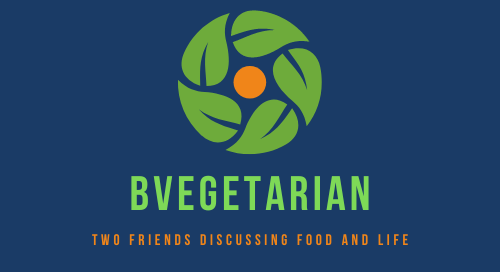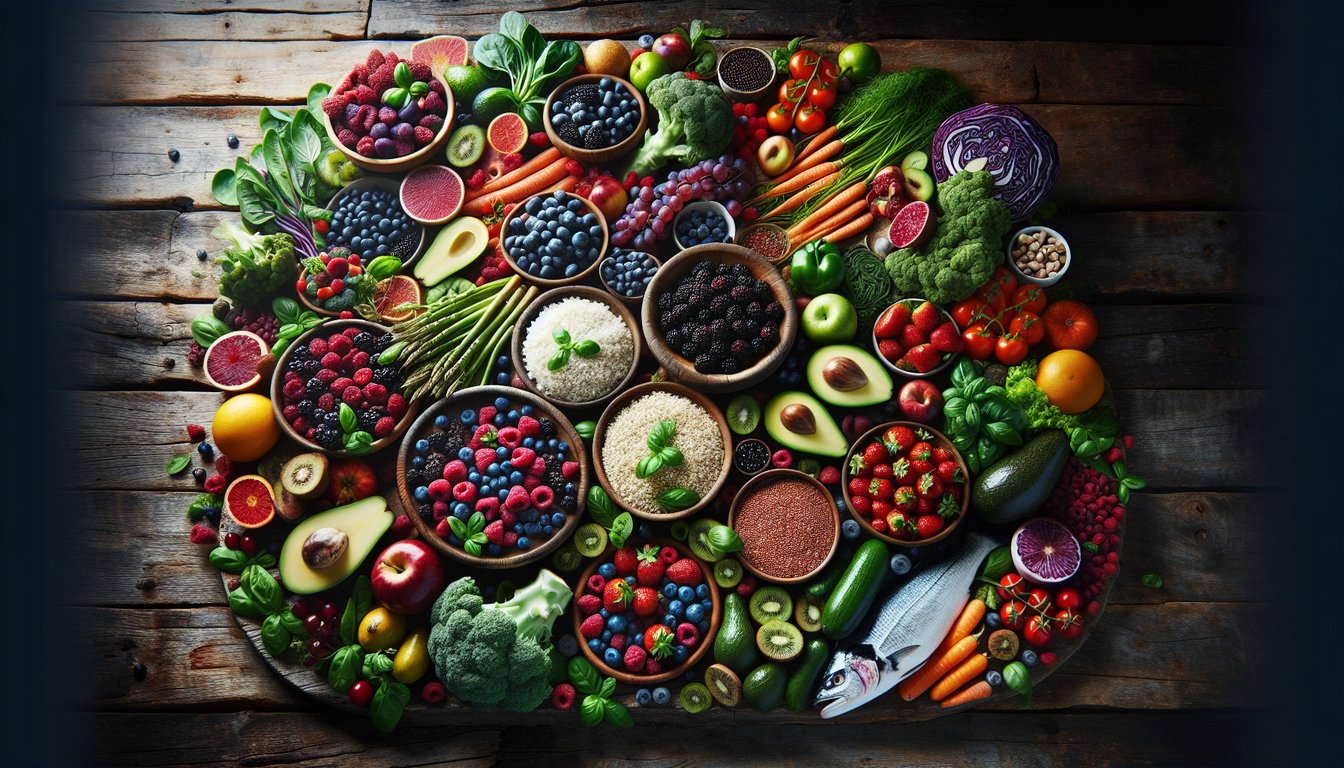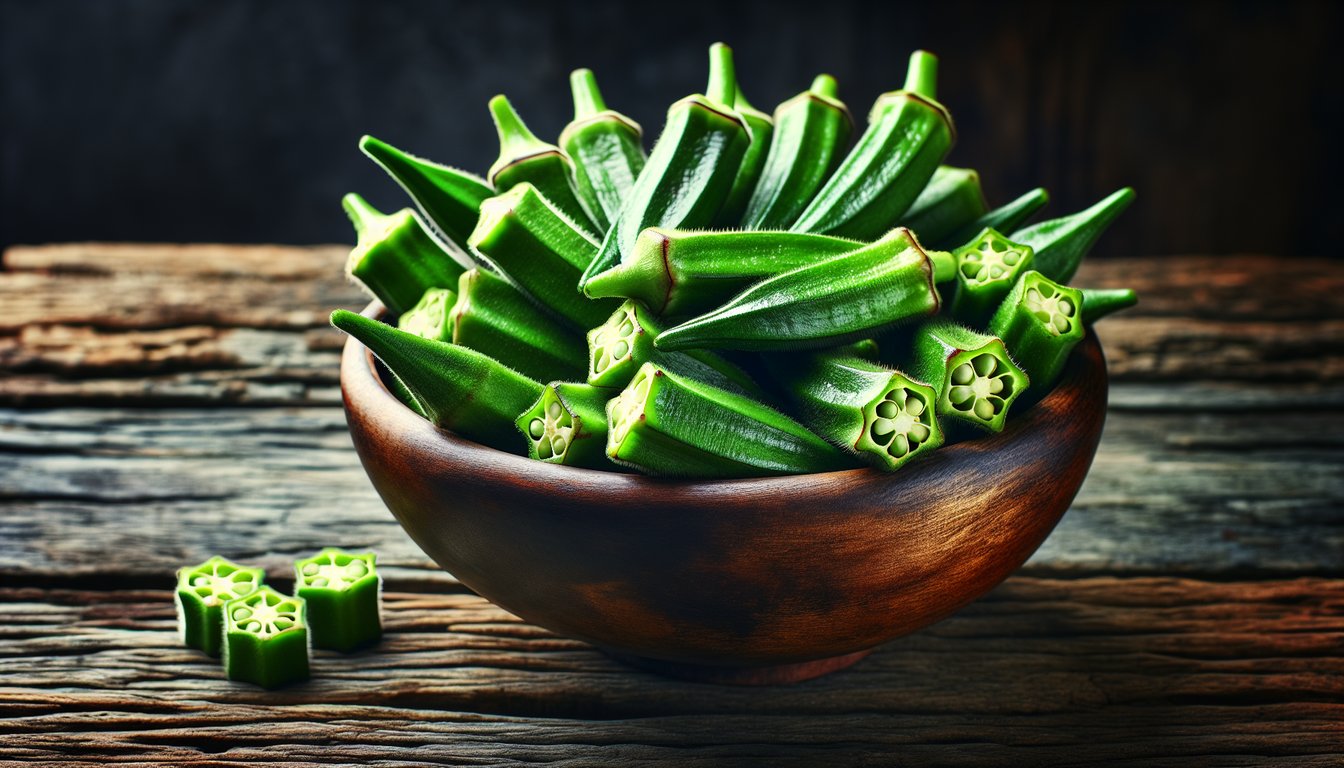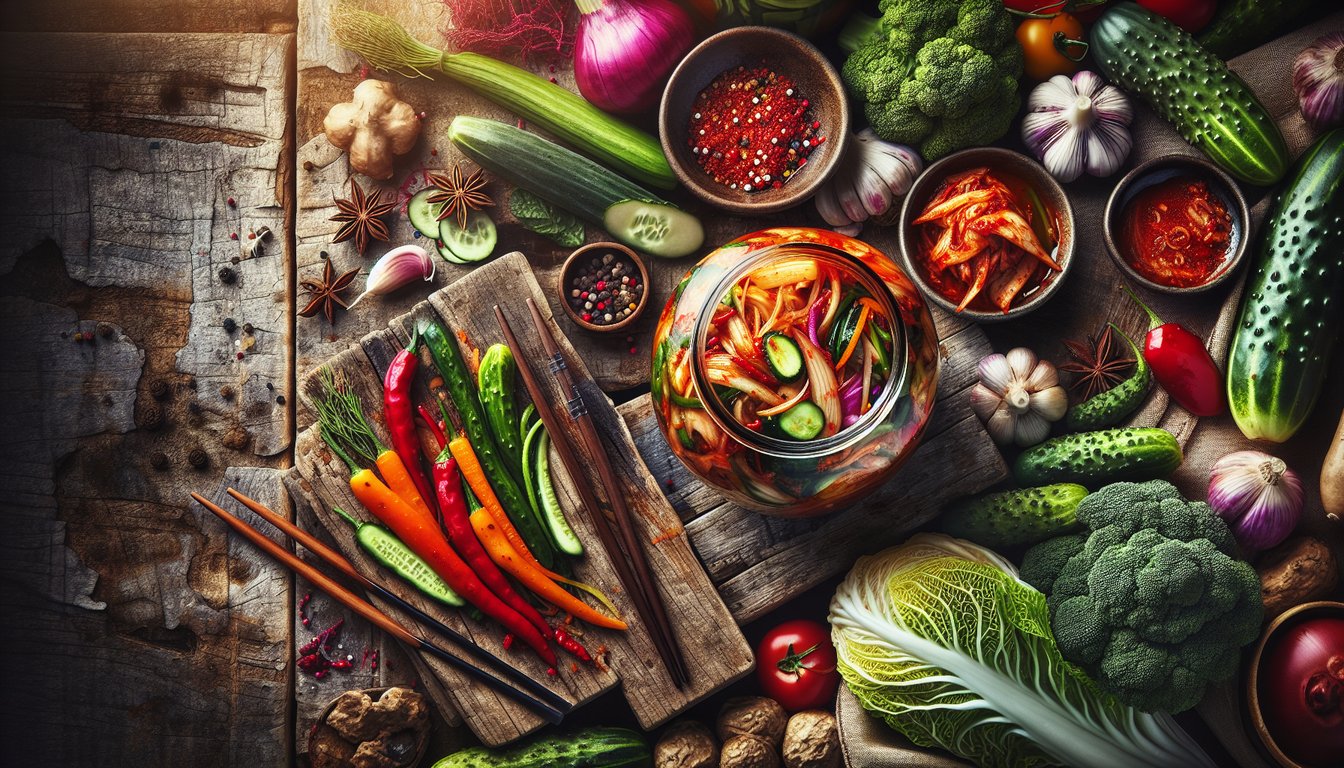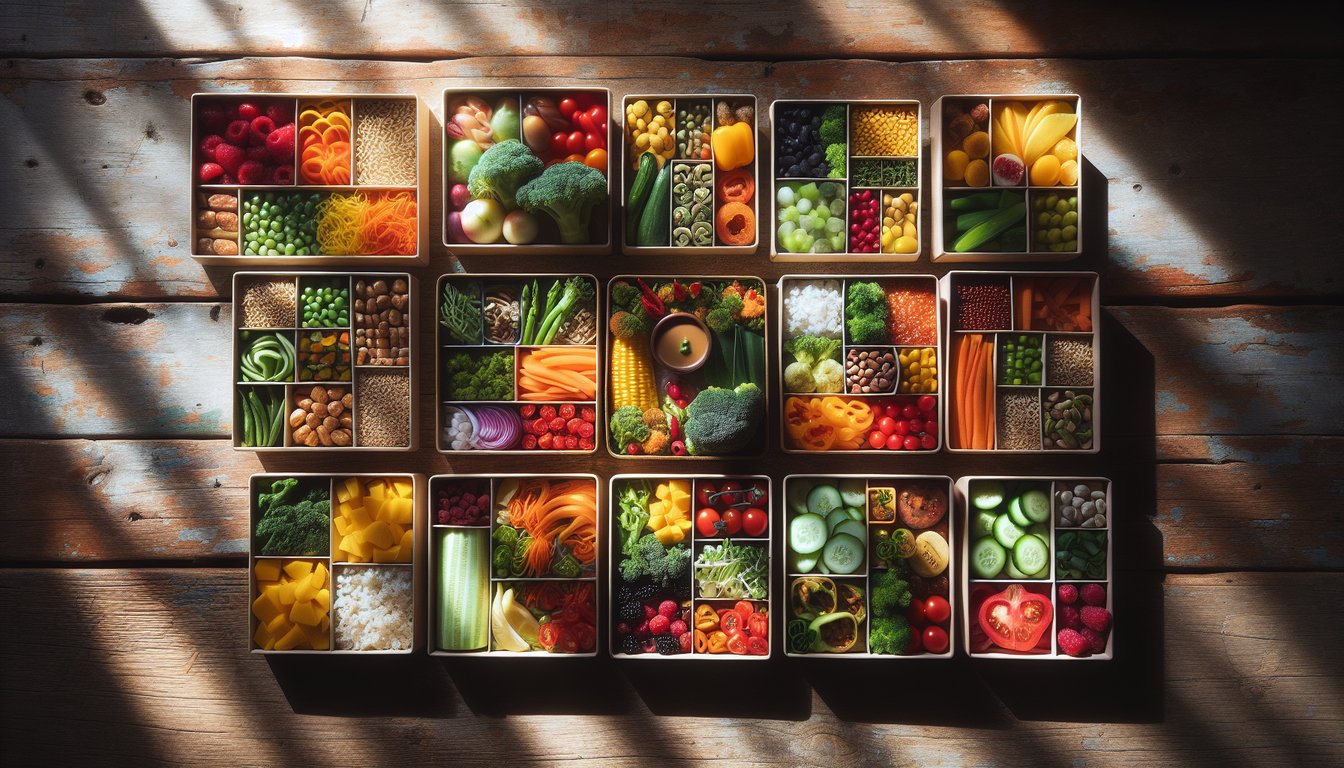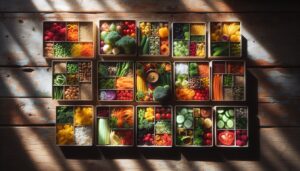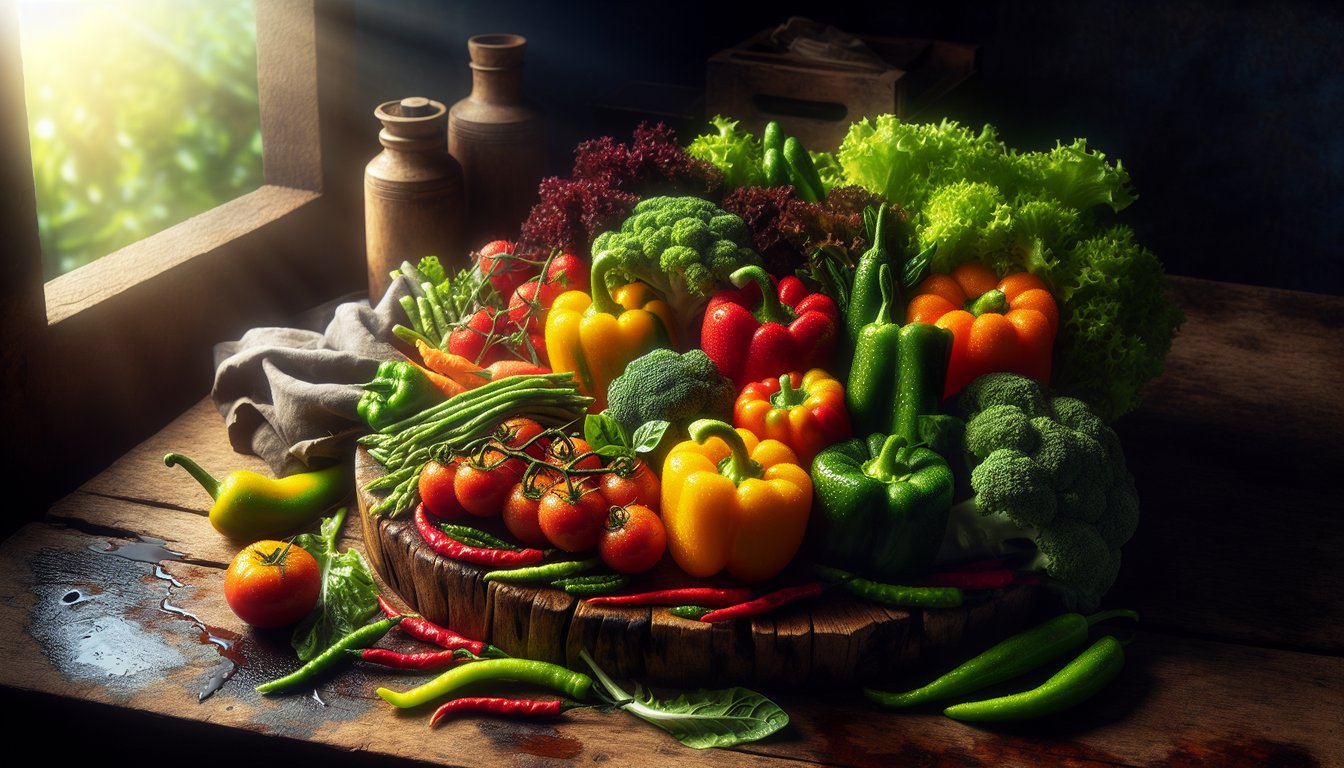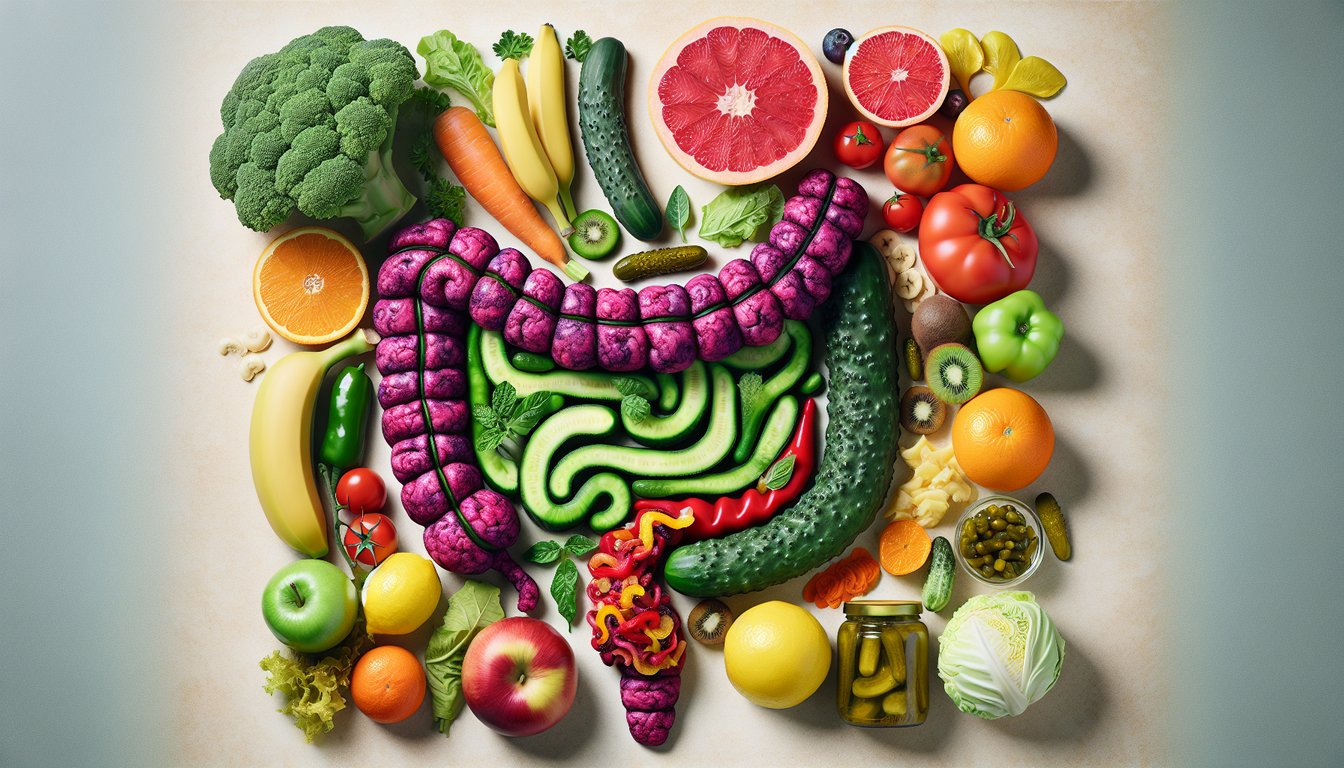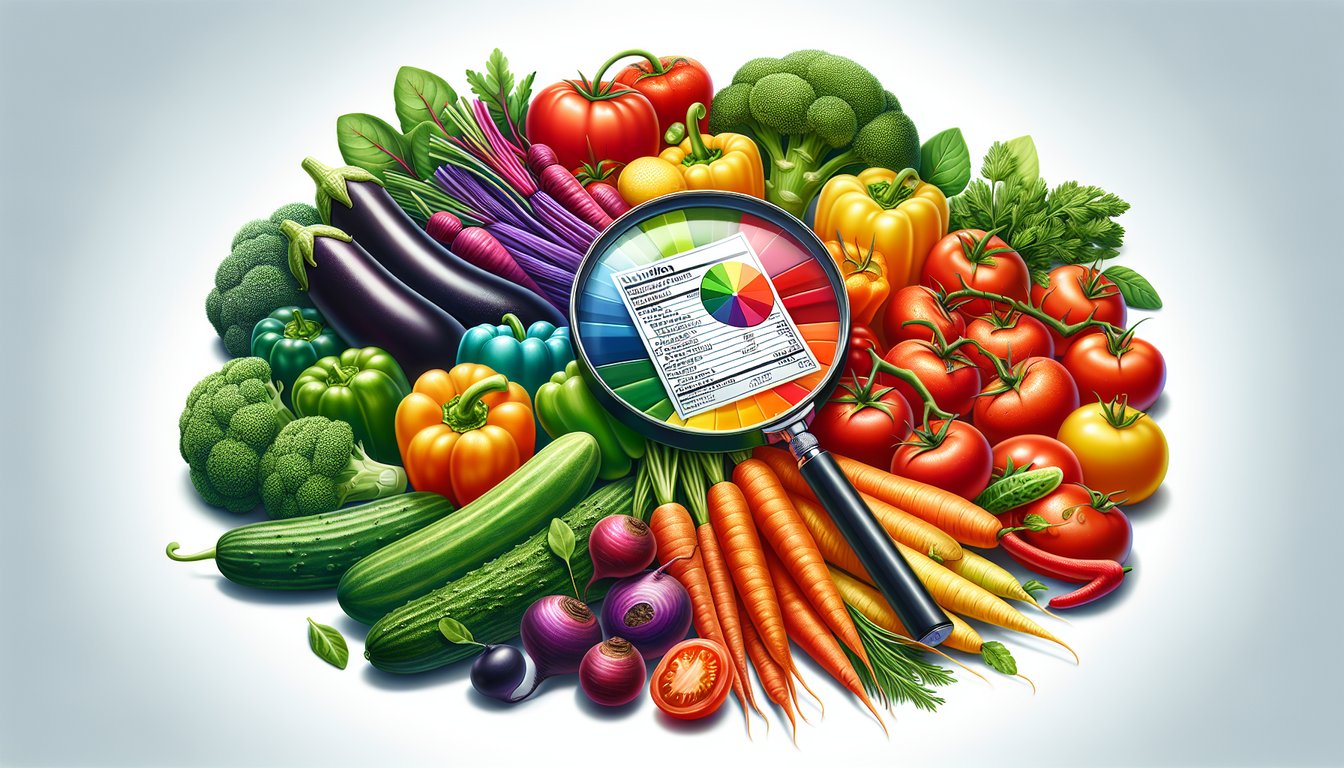Bursting with vibrant colors and bursting with flavor, berries are more than just a delightful addition to any meal or snack. These nature’s tiny powerhouses pack an incredible nutritional punch that can play a pivotal role in improving your overall health and well-being. From the humble blueberry to the exotic acai, berries are loaded with vitamins, antioxidants, and fiber, making them an essential part of a balanced diet. In this blog post, we’ll explore the myriad health benefits of incorporating berries into your daily routine and discover why these small but mighty fruits are your greatest allies in achieving a healthier lifestyle.
The Nutritional Wonders of Berries
Berries are celebrated for their heart-healthy benefits and their ability to fend off numerous diseases. The antioxidants found in berries, such as vitamin C, vitamin E, and flavonoids, contribute to reducing oxidative stress and inflammation in the body. Let’s delve into the specific ways these juicy jewels can enrich your health:
- Antioxidant Powerhouses: Berries are high in antioxidants like anthocyanins, which protect your cells from free radical damage, potentially reducing the risk of chronic diseases.
- Fiber-Rich: The dietary fiber in berries helps to maintain a healthy digestive system and contributes to satiety, which can aid in weight management.
- Vitamin C: A potent immune booster, vitamin C in berries can help fend off colds and infections and is crucial for the growth and repair of body tissues.
- Skin Health: The vitamins and antioxidants in berries can contribute to healthier skin and may reduce the effects of aging.
Berries and Brain Health
Perhaps one of the most exciting areas of research is the impact of berries on brain health. Studies have shown that the bioactive compounds in berries can improve cognitive function and may lower the risk of age-related memory loss. Regular consumption of berries is associated with delayed cognitive aging by up to 2.5 years.
Blueberries: The Brain Superfood
Among all berries, blueberries stand out for their high levels of gallic acid, which is known for its neuroprotective properties. They have been extensively studied for their potential to enhance neuronal signaling and support brain health.
Fighting Disease with Berries
The fight against chronic diseases receives a tasty ally in the form of berries. These small fruits are not just a treat for the taste buds but also a formidable weapon in combating various health conditions.
- Cardiovascular Health: Berries have been linked to improved heart health. The American Heart Association acknowledges the role of berries in reducing heart disease risk factors.
- Diabetes Management: The low glycemic index of berries makes them excellent for blood sugar regulation, an essential factor in diabetes management.
- Cancer Prevention: The phytochemicals in berries may play a role in reducing the risk of cancer, as suggested by research.
Incorporating Berries into Your Diet
Wondering how you can include more berries in your daily meals? It’s simpler than you might think. Berries can be easily integrated into your diet in a variety of delicious ways:
- Add a handful of mixed berries to your morning oatmeal or cereal.
- Blend berries into smoothies for a nutritious and refreshing drink.
- Top off your salads with a burst of color and flavor by adding berries.
- Use berries as natural sweeteners in baking and desserts.
Berries are not only a healthful choice but also incredibly versatile. Whether eaten fresh, frozen, or dried, they can enhance the flavor and nutrition of numerous dishes. By making berries a regular part of your diet, you’re taking a delicious step towards better health.

